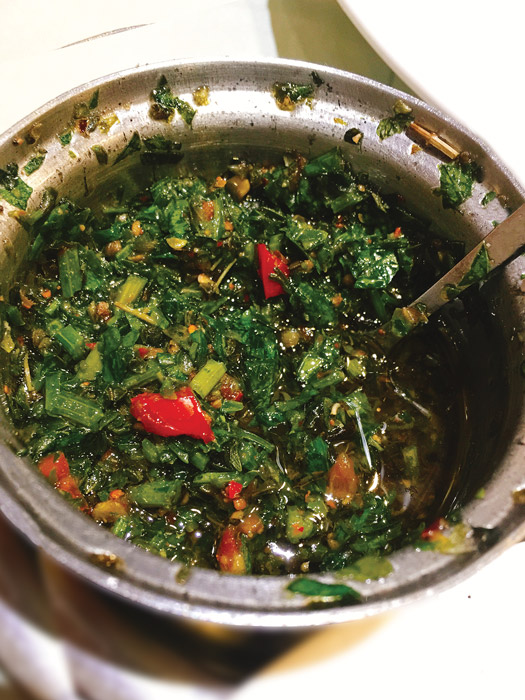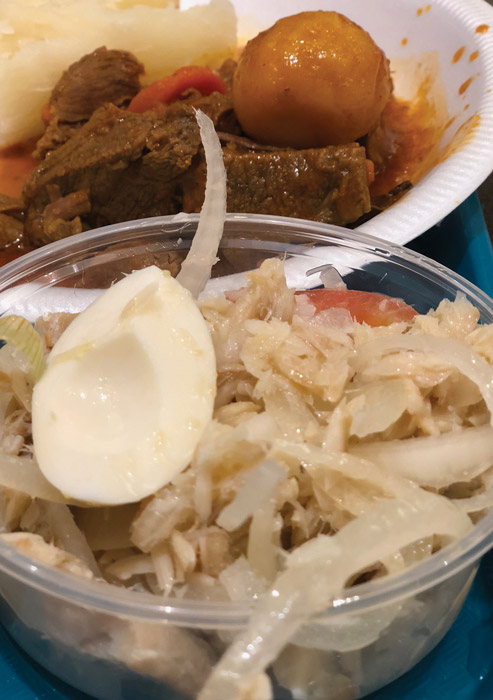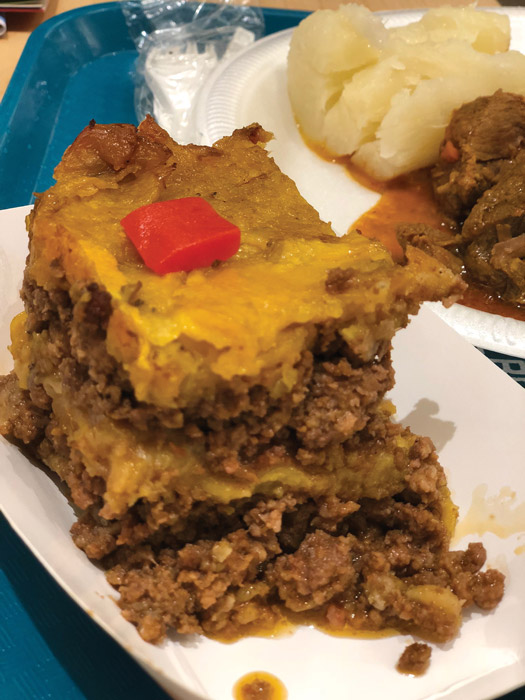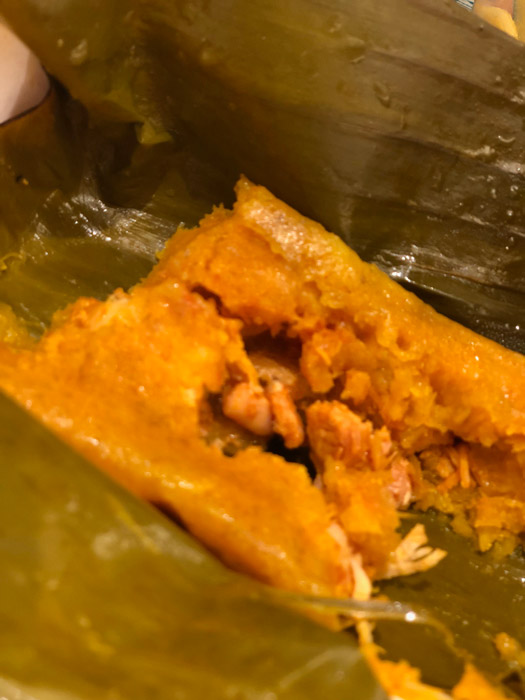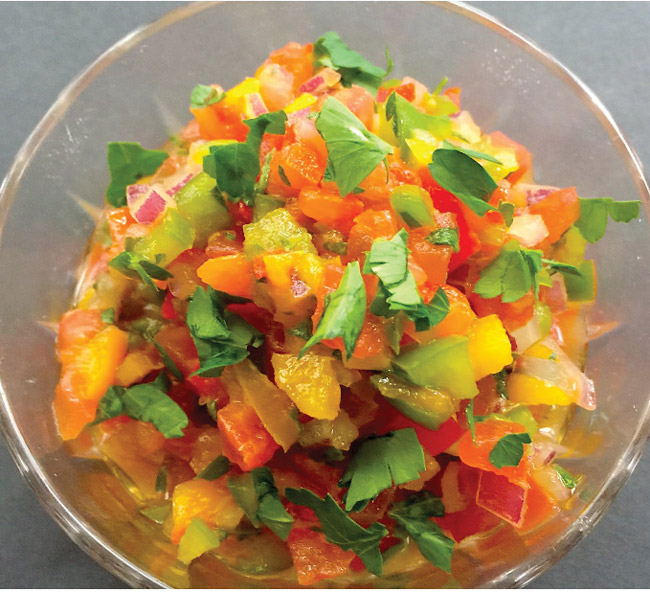Amalia’s Kitchen – A Latin Culinary Romance
My curiosity and love of food have often taken me to new and exciting places. This winter, I traveled to South America and the Caribbean.
I tasted familiar and different dishes worthy of celebrating. February marks the right time, wherever you may be, to rejoice on delicious cuisine with friends, family or that special someone.
While in Buenos Aires, Argentina, and Montevideo, Uruguay, I had the opportunity to try different styles of the same dish, namely asado and chimichurri. Interestingly, both neighboring countries share some similar ingredients and dishes, but they are distinctively different from a cultural perspective.
Argentina’s Spanish and Italian influences predominate everywhere and are notoriously visible in the cuisine. It’s not unusual to visit a restaurant that lists pasta, grilled foods and traditional Spanish cooking on the same menu. Outside of Italy, Buenos Aires may be the best place to enjoy authentic Italian cuisine.
From fine to casual dining, Uruguay equally offers delightful fare by region. Here there are, in addition to Spanish, Portuguese influences, which have a unique accent on the traditional cuisine. The nuances between Argentinian and Uruguayan cuisines stem not only from the cultural impact, but on the style in which the food is prepared and presented.
Both countries are known for consuming mainly beef and their byproducts paired with chimichurri and criollo sauces accompanied with a variety of sides, including grilled vegetables and salads, starches and fine wines. El chivito (the baby goat) and the choripan (bread and grilled sausage) are two great sandwiches, the first one containing many stacked ingredients while the second one, only two, plus the sauces. The pingüino (the penguin) is a pitcher of wine (about half carafe) popular in some bars, perfect for two people.
In contrast, Puerto Rican cuisine is tropical and not too distant from Guatemalan cuisine. During one of my adventures at a casual restaurant, I ordered a side of each dish they had available so that I could appreciate the variety of flavors. I have had Boricua (nickname for people from Puerto Rico denoting ethnic pride) food before and this time I expanded my repertoire with great results.
Yucca, beans and rice, roast pork, beef stew, chicken soup with vermicelli and vegetables, pasteles (green plantain tamales in banana leaves), sweet plantain and beef lasagna, and cod salad, were excellent, flavorful and appealing. Home cooking is a favorite of mine, and this cuisine reminded me of the foods I love to cook at my own home.
This Valentine’s Day, I encourage you to explore and appreciate foods from other cultures, whether they are Latin, European, Asian, African or any other. You just might be surprised how fun and exciting it can be to discover familiar yet special foods while sharing experiences with each other.
¡Feliz Dia del Cariño!
Salsa Criolla (Creole Sauce)
Recipe by Chef Amalia Moreno-Damgaard (AmaliaLLC.com)
Yield about 3-1/2 cups
Combine ½ cup of each finely diced yellow and green bell peppers, 3/4 cup finely diced red onion, 1 cup finely diced tomatoes, and season with olive oil, red wine vinegar, salt and pepper to taste. Garnish with fresh parsley.
Sauce is great on grilled meat, sausage, or croutons.
REVUE magazine article by Chef Amalia Moreno-Damgaard
Amalia Moreno-Damgaard is an award-winning bestselling chef author born and raised in Guatemala City currently living in the Twin Cities. She provides individuals and companies with a taste and understanding of Latin cultures through healthy gourmet cuisine education, consulting, bilingual speaking and writing and fun culinary experiences.
Her cookbook “Amalia’s Guatemalan Kitchen-Gourmet Cuisine With A Cultural Flair” has won 9 international awards. AmaliaLLC.com
